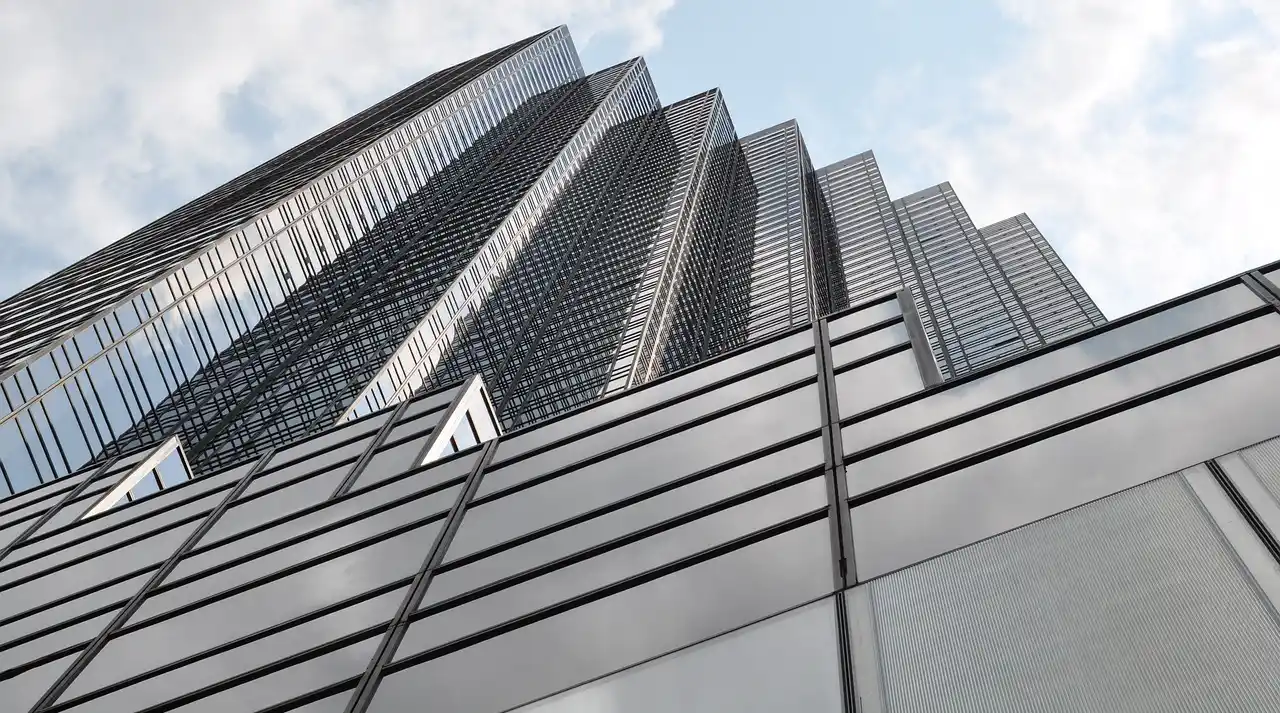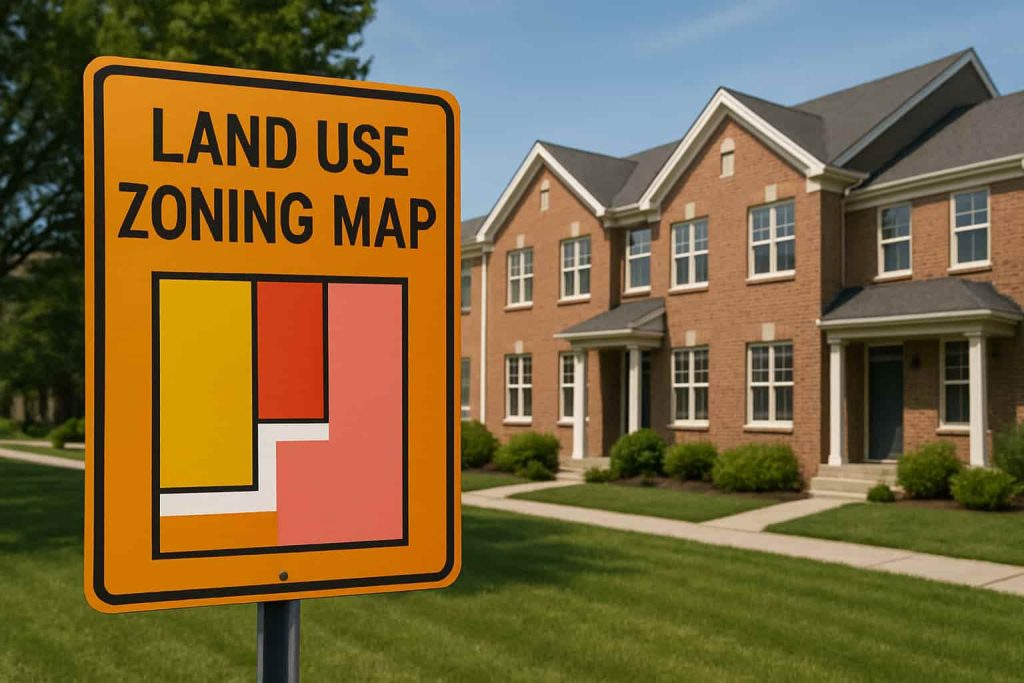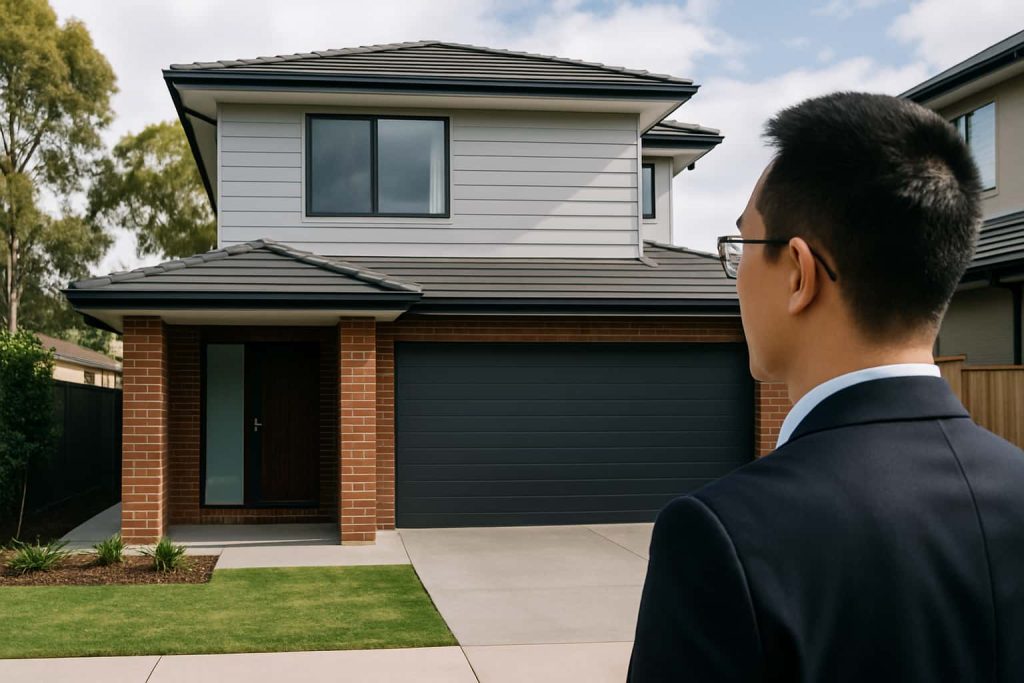Apartment supply in Melbourne has been overflowing in recent years but the growth in international students next year could ease the problem.
Investor demand for apartments has certainly dropped with rate rises from banks and the lending clampdown from regulators, but the arrival of more international students could help to replace that falling demand.
The growing international education sector is the country’s third largest export and will no doubt be heavily pushed in 2016 as new Prime Minister Malcolm Turnbull looks to innovate the economy and find alternative revenue sources to commodities.
Colliers International managing director Peter Chittenden spoke to the Australian Financial Review and said it was the third consecutive year of growth in the international student population.
“The thriving international education sector in Australia is the nation’s third largest export and is poised for even greater growth,” he said.
“The Australian dollar has fallen by 24 per cent against the major currencies in the last two-and-a-half years.”
“This has undoubtedly stimulated growth in the sector and the demand in residential accommodation for this population.”
The Australian dollar is not expected to improve any time soon, making it more and more attractive for students to come here from places like China and India.
“The Asian middle class has always valued the Australian education system and now has the capacity to afford it,” Mr Chittenden told the Australian Financial Review.
Half of Melbourne’s CBD population are students, and half of those are international students according to a recent City of Melbourne council survey.
Both Melbourne and Sydney are in the midst of a boom in apartment and student accommodation construction in the CBD and around universities, and the growing number of international students could be a godsend for the inner city apartment property market.



